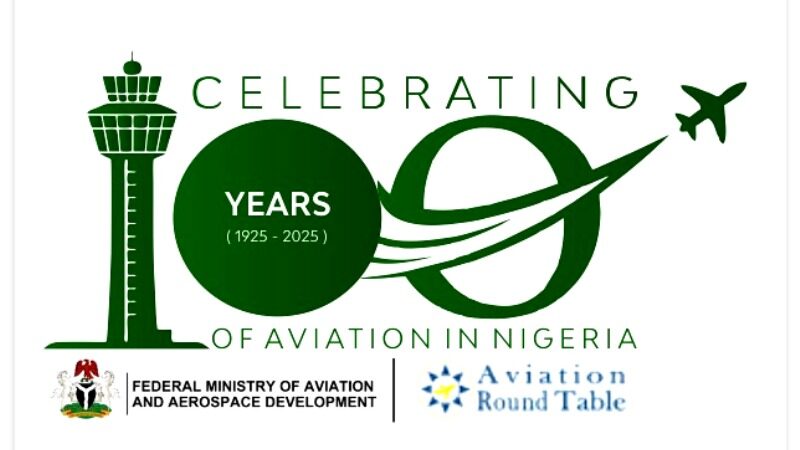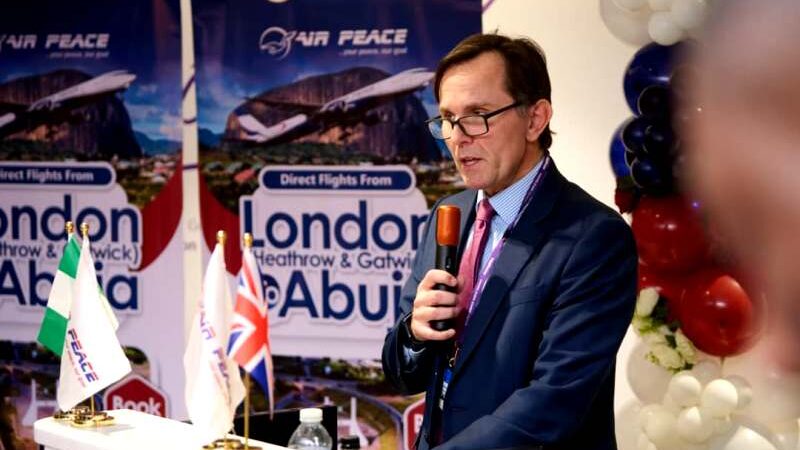ASECNA Speaks On Status Of NAMA, GCAA, ASECNA Collaboration

The Director General of L’Agence pour la Sécurité de la Navigation aérienne en Afrique et à Madagascar (ASECNA), Mr. Mohamed Moussa says the existing collaboration between Nigerian Airspace Management Agency (NAMA), Ghana Civil Aviation Authority (GCAA) and his organization has remained perfect despite the 2020 covid19 disruptions of activities across the globe.
Speaking in an exclusive interview with chiedualbinus.com, Moussa said: “We have a long time cooperation between us. We have been operating the same telecommunication network (AFISNET) for years. This cooperation will continue, maybe by way of surveillance data sharing and in the SBAS programme. During COVID19, we shared spare parts to allow our systems to continue operating.”
On the level of compliance of the aviation industry in West Africa with the emerging trends in the adaptation of new technologies, he explained that ASECNA perceives the change and integration of innovation and new technology as a duty.
“ASECNA anticipated very early, innovative technologies, especially those based on satellite and not requiring human intervention on the ground, to make its regal mission. Indeed, one of the keys to controlling the pandemic situation at ASECNA was the implementation of surveillance of its entire airspace using ADS/B satellite technology, which is an innovative technology. This was official in January 2020, while the trial started since 2018. ”
On the aviation industry’s approach to human capital planning towards the future in West Africa, Moussa said “the consequences of the Covid 19 pandemic has accentuated challenges in the area of human resource development in civil aviation. While before the pandemic, the difficulties in meeting the demand for human capital in civil aviation in Africa had already been highlighted, the health crisis has further impacted the availability of skilled professionals and the need to increase capacity in the civil aviation sector and strengthen the skills of its personnel.
Indeed, innovation, digital technology, and the emergence of new entrants such as drones and other remote-controlled aircraft require new performance and skills. As for ASECNA, it addresses these issues through three pillars: training, partnership with industry as part of its investment programme and collaboration with other Air navigation service providers.
As for training, ASECNA has already introduced in its training schools, the concepts of digitalization, training on the management of unmanned aircraft, etc.”
He further said the covid19 pandemic affected in various degrees, all components of this ecosystem including manufacturers, airlines, air navigation service providers, airport managers and regulators.
“As far as ASECNA is concerned, and in accordance with the provisions of Annex 11 of the ICAO Chicago Convention, which stipulates that States must provide air navigation facilities and services in the airspace for which they are responsible, including during emergency situations, ASECNA had to provide air navigation services to ensure the continuity of the air transport industry’s activities with the same level of safety.”
On the proposal for a movement from ICAO terrestrial procedures to GNSS Procedures, to update ATSEP Training menu and to make it binding to one of ICAO Annexes, Moussa posited that “it is normal to train staff when changes occur in their work tools. ATSEP will need to be trained on satellite systems in order to understand the mechanisms of reception and operation of these systems. ”






